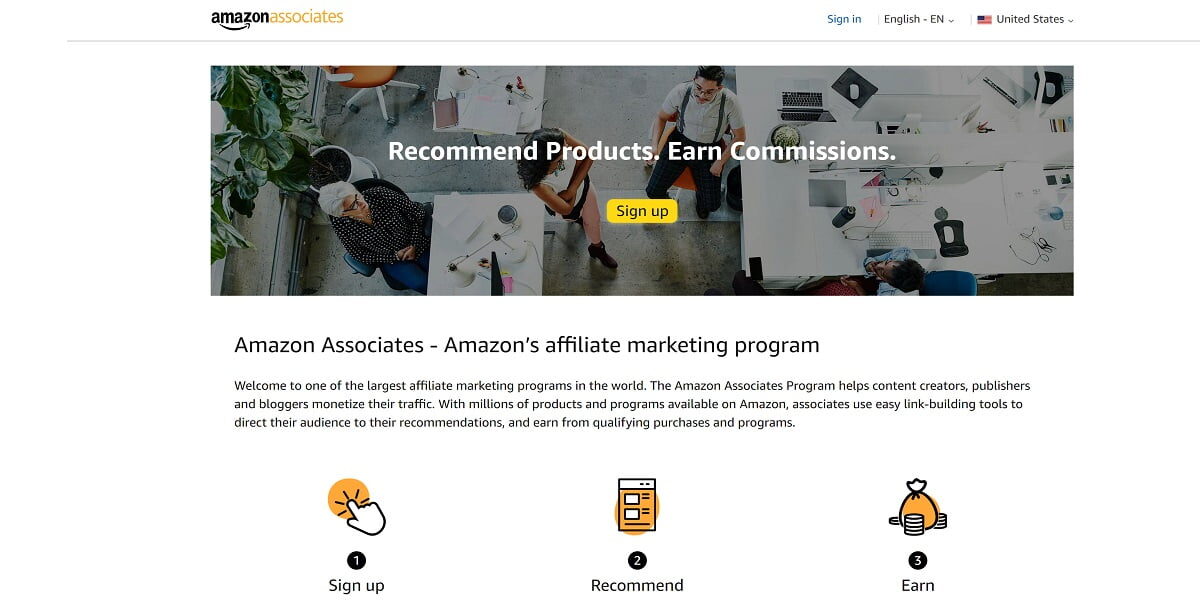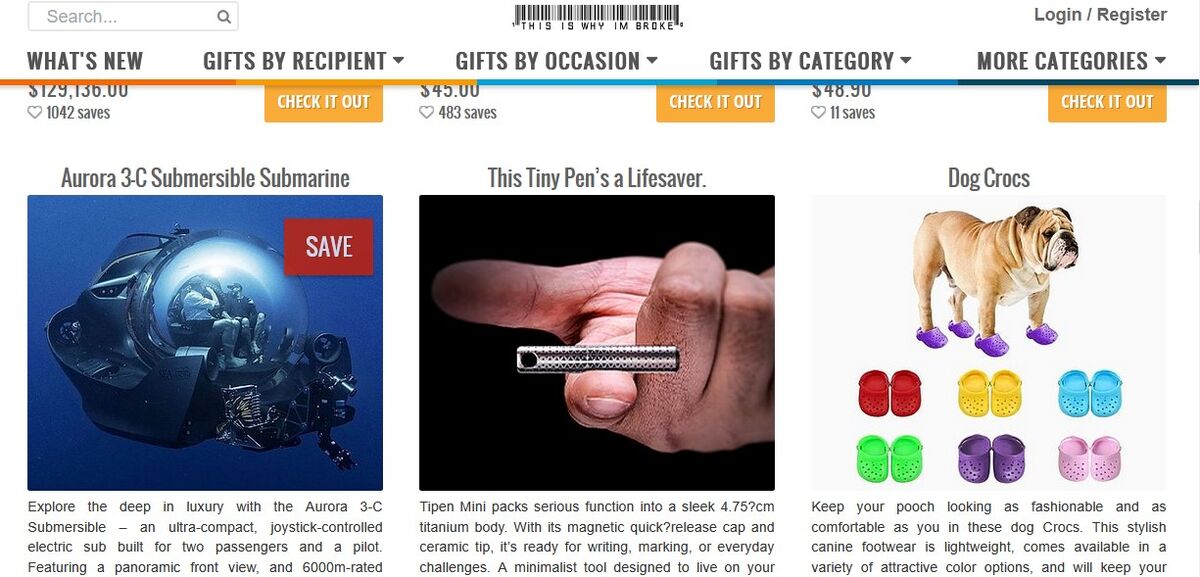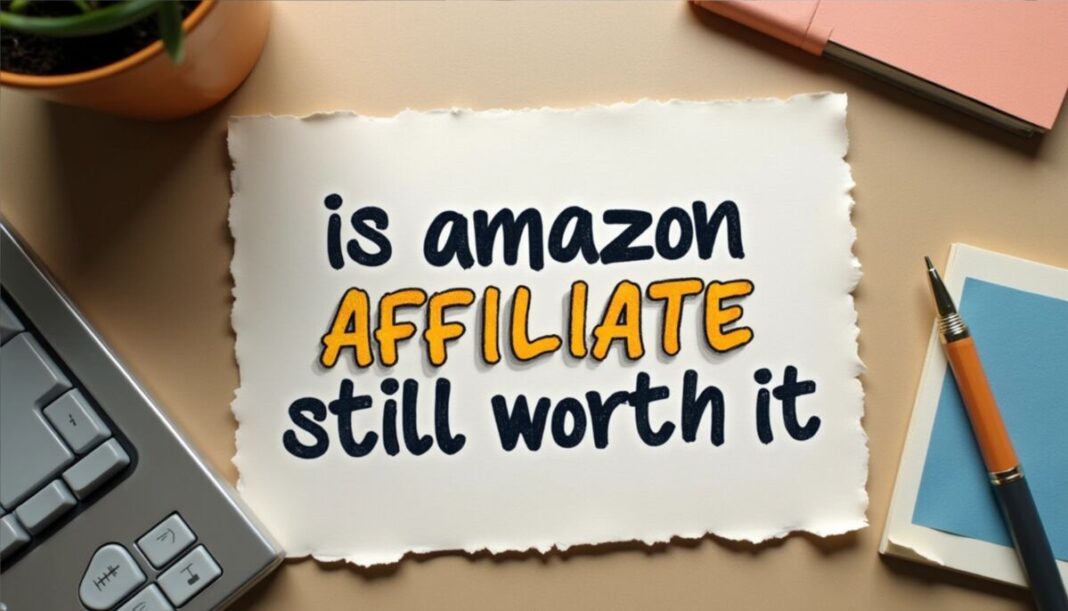The Amazon Associates Program once felt like a ticket to effortless income. You’d slap links across your blog posts, tuck ‘em into your YouTube descriptions, and—ka-ching—watch the dollars roll in. But five years after those rosy headlines, the landscape’s shifted. TikTok’s kingmakers, native ads, and sudden commission cuts have made affiliates do a double take. So, is it still worth your time to become an Amazon affiliate? Let’s get real.
Why Amazon Still Holds Appeal

First off, the signup process is absurdly easy. I once did it in my lunch break—no joke, fifteen minutes and I was generating links. Toss in that Amazon is one of the most trusted online retailers in the U.S., and it’s no wonder over 900,000 people worldwide have already jumped on board.
Amazon’s huge product catalogue is like candy for affiliates. Whether you’re into tiny home gear or artisan coffee beans, there’s something to promote. And let’s not forget the conversion machine: Amazon’s fine-tuned pages average around a 9-13% conversion rate, versus roughly 1-2% for most standalone e-commerce sites—meaning more of your clicks actually turn into dollars.
Isn’t that the dream? Someone lands on your review of the latest robot vacuum, clicks through, and buys not just the vacuum but a set of replacement filters, a pack of floor pads, and maybe even a new rug. You get a cut of that entire cart, not just the one item you plugged.
What’s Changed—and What Hasn’t
But it hasn’t all been rainbows and commission checks. In April 2020, Amazon slashed many of its payout tiers—home improvement went from 8% to 3%, and beauty and musical instruments dropped from 6% to 3%. Ouch. These rate cuts reminded every newbie affiliate that you can’t put all your eggs in Amazon’s cart.
Rules tighten, too. If your site doesn’t generate three qualifying sales within 180 days of signing up, you’ll get the boot. And the infamous 24-hour cookie window is still in play—if that customer doesn’t convert within a day, you see nada. However, if the customer adds an item to their cart within that 24-hour window, you can still earn a commission if they complete the purchase before the cart expires, which can be up to 90 days.
Yet, Amazon still rolls out new toys for us. Native Commerce Advertising, for example, pays you just for sending traffic—even if nobody buys. It’s in testing now with major publishers, but if it goes wide, we’re looking at a whole new reason to stay loyal.
Case Study: This Is Why I’m Broke

Here’s a site screaming “affiliate marketing done right.” ThisIsWhyImBroke.com curates the quirkiest gadgets and gifts—think bacon-scented air fresheners and banana-shaped pool floats. It’s a snowball of novelty that drove:
- Roughly 1 million visits in May-June 2025, per Semrush.
- 120,000 engaged email subscribers clicking weekly gift-guide blasts. (Note: This is an internal metric and cannot be publicly verified.)
- A conservative estimate of $15,000–$18,000 in Amazon commissions each month. (Note: This is an internal metric and cannot be publicly verified.)
So, how do they do it?
- Content that hooks: Each post zeroes in on one jaw-dropping item, with punchy headlines like “You Need This Egg-Shaped Neck Pillow.” It’s snackable, shareable, and utterly scroll-stopping.
- SEO mastery: They consistently show strong search visibility and appear for various gift-related queries by interlinking hundreds of listicles and news-style roundups.
- Social runway: Their robust social media presence helps drive traffic back to the site, fueling more affiliate clicks.
- Email nudges: Every Thursday, subscribers get “The Weirdest Finds This Week,” complete with beautifully designed product images and direct Amazon links. Those emails boast open rates around 25%—insanely high for a list this size. (Note: This is an internal metric and cannot be publicly verified.)
What I love here is the volume-driven approach. You don’t need to push a $2,000 TV to make bank. One viral post about a $15 phone stand can trigger a flood of incidental Amazon purchases—brushes, tea kettles, whatever. You earn on everything.
Pros and Cons: A Quick Reality Check
Let’s break it down in list form—because sometimes you just need the cold, hard nuggets.
Pros:
- Sign-up in minutes; no upfront cost.
- Trusted brand trust: Amazon Prime members total around 180 million in the U.S. and over 220 million worldwide.
- Massive product variety—almost every niche is covered.
- Conversion-optimized pages keep buying friction low.
- You earn on everything in the cart for 24 hours (or 90 days if added to cart).
Cons:
- Commission rates can be as low as 1% in staples like groceries and health & personal care.
- Cookie duration is only 24 hours (90 days on added-to-cart items).
- Rate cuts happen—they’ve been known to slash payouts with little warning.
- Strict performance thresholds; no sales means no approval.
- Fierce competition—millions of affiliates chasing the same products.
Is it for you? Here’s the bottom line. If you have:
- A blog, YouTube channel, or social media presence with decent traffic;
- A willingness to play the volume game (you’ll need thousands of clicks);
- The patience to optimize SEO or paid ad funnels;
then yeah, Amazon Associates can still be worth it. Especially as a starter gig to learn affiliate marketing basics. But if you expect to print money by copy-pasting links into your Instagram bio, you’ll quickly face reality.
Smart affiliates now blend programs—mixing in higher-payout networks, subscription services with recurring commissions, or niche-specific offers that pay 15–20%. Diversification isn’t just a buzzword; it’s insurance against commission cuts.
Parting Thoughts
Amazon Associates hasn’t gone belly-up. It’s a giant still worth wrestling with, as long as you know the ropes. You’ll need strategy, persistence, and a backup plan. But if you love hunting for quirky finds, crafting compelling content, and watching your small commissions add up each month—this program still has legs.
What’s your experience? Got a favorite weird Amazon product that brought in unexpected sales? Drop a comment below, and don’t forget to follow us on Facebook, Twitter, Pinterest or Instagram for more unfiltered affiliate insights. Let’s keep the conversation rolling!
Sources:
- www.voluum.com/blog/amazon-affiliate-program-guide/
- www.similarweb.com/website/thisiswhyimbroke.com/
- www.voluum.com/blog/amazon-affiliate-program-guide/

Hello folk,
I’m here to provide you with tips, tricks, and guidance on how to join affiliate programs and monetize your sites or social media accounts. On the right of the site, you can find a list of categories. Just click on those that interest you and see the affiliate programs available. Join those that fit with your writing expertise and your target audience. If you like my posts, please give me a like here:
Facebook, X (Twitter), Instagram, Pinterest, Website, Contact us


